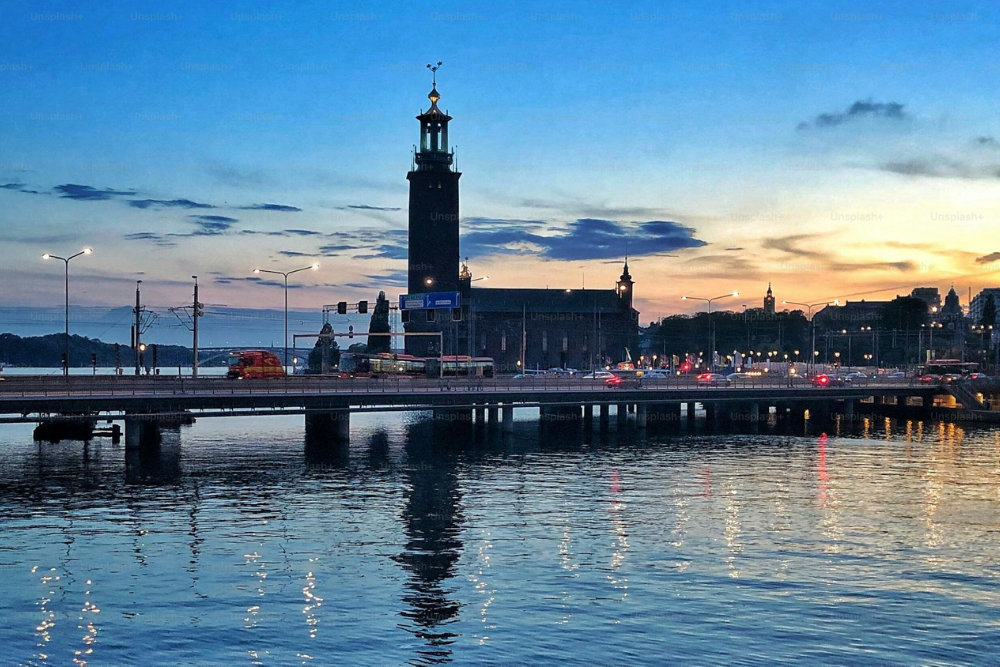Introduction
Stockholm, the capital of Sweden, is a staggering city spread across 14 islands associated by more than 50 scaffolds on the Baltic Ocean. Known for its striking mix of innovation and rich history, the city is home to exquisite engineering, lively social scenes, and lavish green spaces. Stockholm’s Old Town, Gamla Stan, with its cobblestone roads and middle age structures, offers a brief look into the city’s past, while its galleries, similar to the Vasa Historical center and ABBA Gallery, observe Swedish legacy and development. With an ideal equilibrium of regular excellence, history, and contemporary plan, Stockholm is a pleasant and dynamic Scandinavian objective.
Gamla Stan (Old Town)
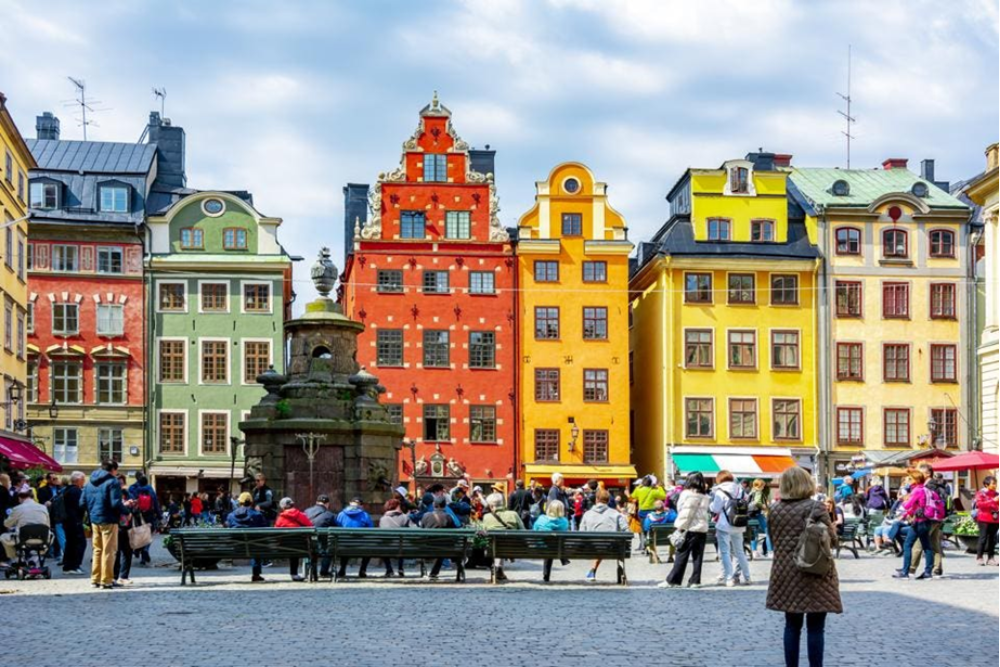
- The cobbled roads, lively hued structures, and notable engineering take you back in time. This region houses the Imperial Castle and the Nobel Exhibition hall, both worth investigating.
- You can likewise partake in a fika (short breather) at one of the numerous bistros here.
Vasa Museum

- Quite possibly of the most visited exhibition hall in Scandinavia, it houses the seventeenth century Vasa warship that sank on its first trip. It’s an unprecedented piece of sea history.
- The historical center offers directed visits in English and has intuitive shows.
Skansen
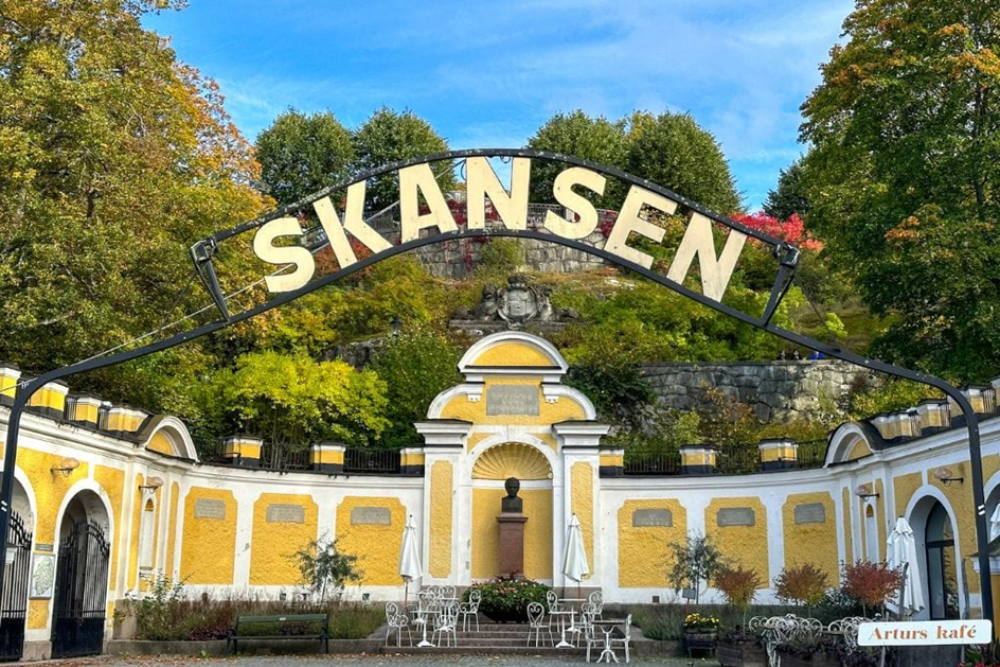
- This is an outside exhibition hall that provides you with a brief look at Sweden’s provincial history. It highlights customary Swedish houses, farmsteads, and a zoo with Nordic animals.
- A decent spot for families with kids.
Djurgarden
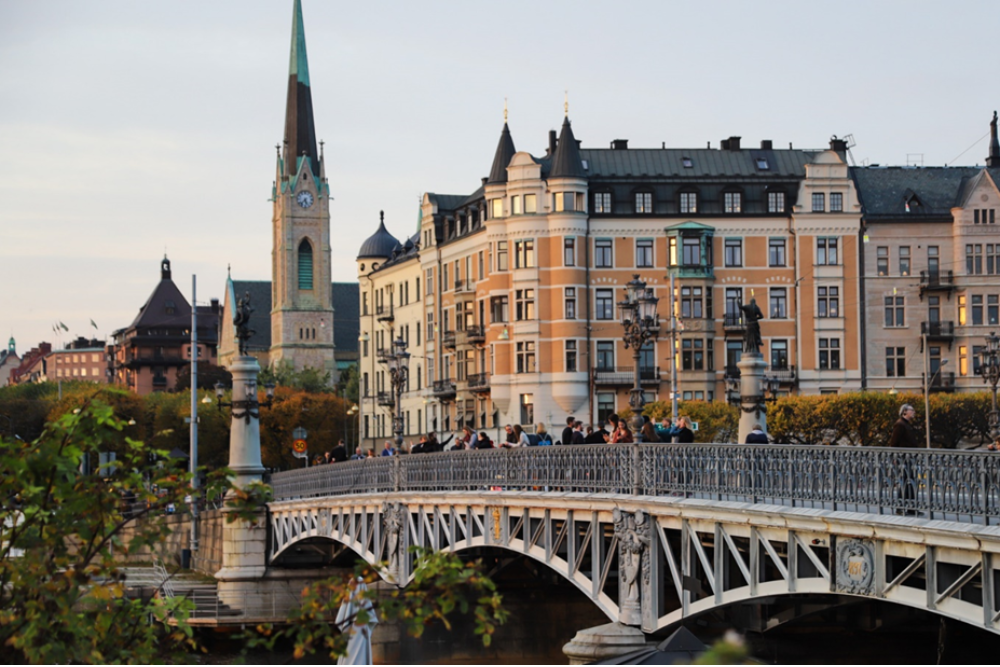
- A delightful island near the downtown area, Djurgarden is home to a considerable lot of Stockholm’s well known galleries and attractions, including the Vasa Gallery and Skansen.
- It’s an incredible spot for picnics, boat rides, and relaxed strolls.
Royal Palace (Kungliga Slottet)

- Situated in Gamla Stan, this is perhaps of the biggest royal residence in Europe, with more than 600 rooms. Guests can investigate the Regal Lofts, the Depository, and the Historical center of Artifacts.
- Don’t miss the top-down restructuring function that happens outside.
Stockholm Archipelago

- Stockholm’s archipelago comprises of around 30,000 islands. You can take a boat visit and investigate a portion of the islands for climbing, ocean side visits, or simply getting a charge out of nature.
- Summer is the best season to visit the islands when the weather conditions is ideal for island bouncing.
City Hall (Stadshuset)
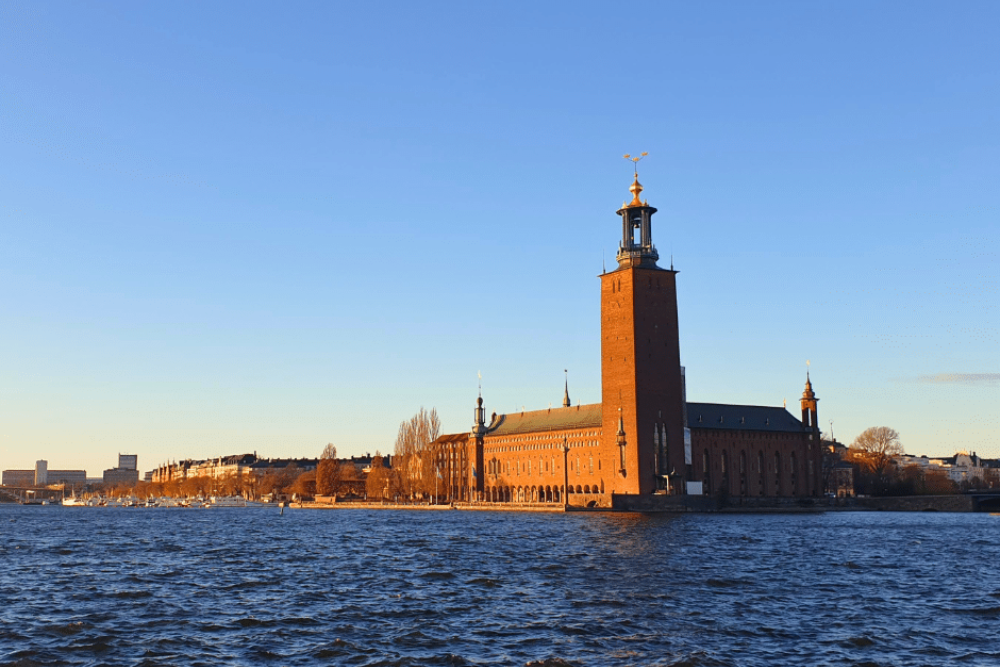
- Stockholm City Corridor is a design jewel, renowned for facilitating the yearly Nobel Prize dinner. You can move to the highest point of the pinnacle for amazing perspectives on the city.
- Directed voyages through the City Corridor are accessible.
Drottningholm Palace

- This UNESCO World Legacy Site is the confidential home of the Swedish illustrious family. The royal residence and its nurseries are awesome and suggestive of Versailles.
- Found simply a boat ride away from the city.
Dos and Don’ts in Stockholm
When visiting Stockholm, it’s helpful to be mindful of the local customs and culture to have a smooth and enjoyable experience. Here are some dos and don’ts to keep in mind:
Dos
- Do be punctual:
- Swedes esteem dependability, whether it’s for a get-together, conference, or transportation plans. Continuously plan to be on time.
- Do embrace “lagom”:
- “Lagom” is a Swedish expression signifying “the perfect sum.” This idea reflects equilibrium and control, so try not to be excessively clearly or beyond ludicrous.
- Do use public transportation:
- Stockholm has an astounding public vehicle framework, including transports, trains, ships, and the metro (Tunnelbana). Get a movement card (SL card) for simple access.
Don’ts
- Don’t jaywalk:
- Follow traffic lights and go across the roads just at assigned crosswalks. The Swedish view traffic rules in a serious way, and following them is significant.
- Don’t skip the queue:
- Swedes are precise with regards to lines, whether at stores, public vehicle, or occasions. Continuously stand by in line.
- Don’t make loud noise in public places:
- Swedes will quite often be mild-mannered and value calm openly spaces, particularly on open vehicle. Keep commotion levels down, particularly in libraries and cafes.
Best time to reach in Stockholm
The best time to visit Stockholm depends on the type of experience you’re looking for. Here’s a breakdown of the different seasons to help you decide:
- Summer (June to August):
- Summer is the most famous chance to visit Stockholm in light of the long, bright days, with sunshine enduring as long as 18 hours during Midsummer. The weather conditions is warm (normal temperatures between 20-25°C), making it ideal for outside exercises, island bouncing in the Stockholm Archipelago, and going to celebrations like the Stockholm Pride and Midsummer festivities.
- Appreciate open air bistros, picnics in parks like Djurgarden, and boat visits around the city’s streams.
- As this is top traveler season, costs for convenience can be higher, so book ahead of time.
2. Spring (April to May):
- Spring brings sprouting blossoms and wonderful climate, with temperatures averaging around 10-15°C. It’s an extraordinary chance to appreciate Stockholm without the late spring swarms, and the city begins to wake up after the long winter.
- Walk around Kungstradgarden Park to see the wonderful cherry blooms, investigate galleries with less sightseers, and partake in the city’s open air spaces.
- Bring layers, as spring weather conditions can be unusual, and occasionally may in any case be crisp.
3. Autumn (September to October):
- Pre-winter is a calmer chance to visit Stockholm, with cooler temperatures (around 5-15°C) and wonderful fall foliage in parks and woodlands. It’s an extraordinary opportunity to encounter neighborhood culture and appreciate galleries and cafes without the late spring swarms.
- Investigate the fall tones in Djurgarden and different parks, visit comfortable bistros for a fika, and experience Stockholm’s social life, including theater and music.
- Early harvest time is better for gentle climate, while late fall can become colder and rainier.
4. Winter (November to March):
- In the event that you appreciate chilly climate and winter exercises, visiting Stockholm in winter offers a supernatural encounter, with snow-covered roads, Christmas markets, and ice skating. Temperatures can decrease underneath 0°C, particularly in January and February.
- Visit Skansen’s Christmas Market, go ice skating at Kungstradgarden, and partake in the bubbly lights around the city. You can likewise encounter a customary Swedish Julbord (Christmas buffet).
- Cold weather days are short, with very little sunshine, yet the merry climate, particularly around Christmas, makes it a comfortable opportunity to visit.



